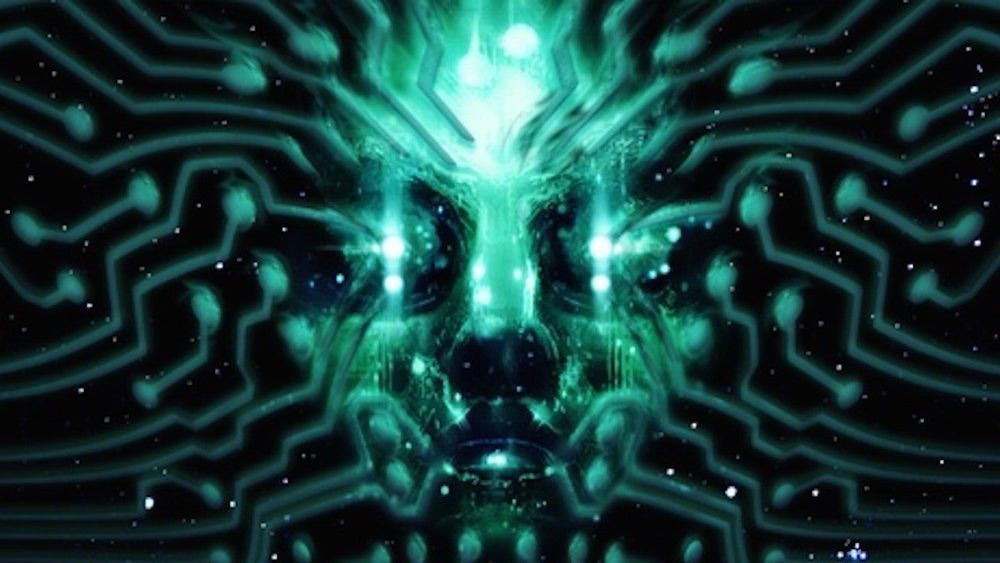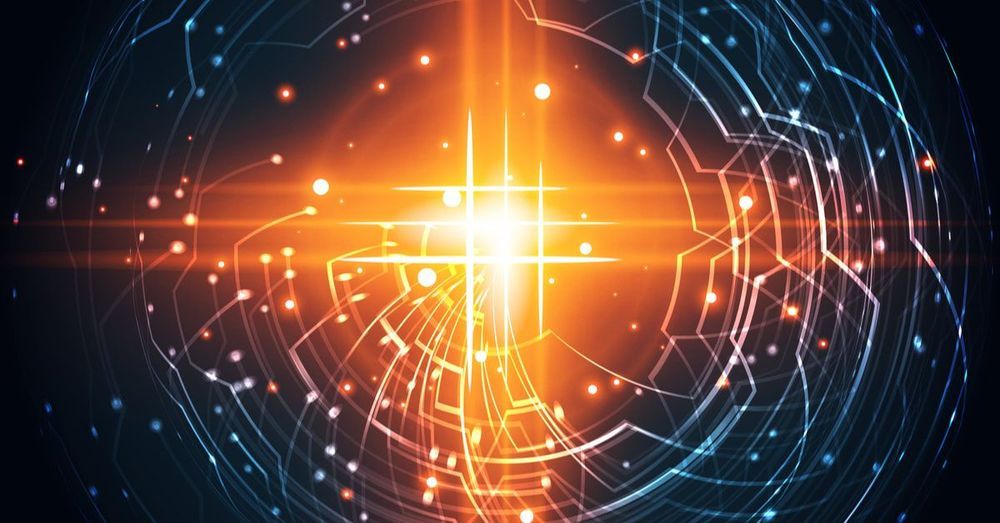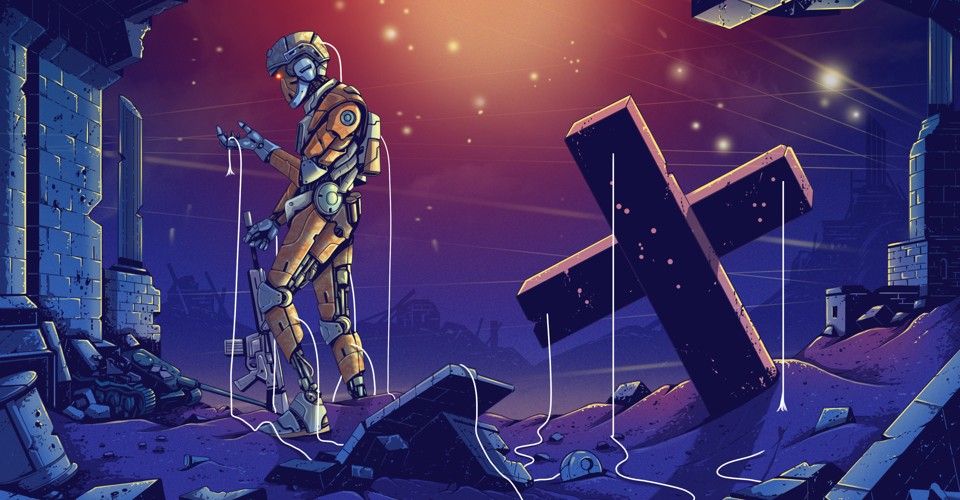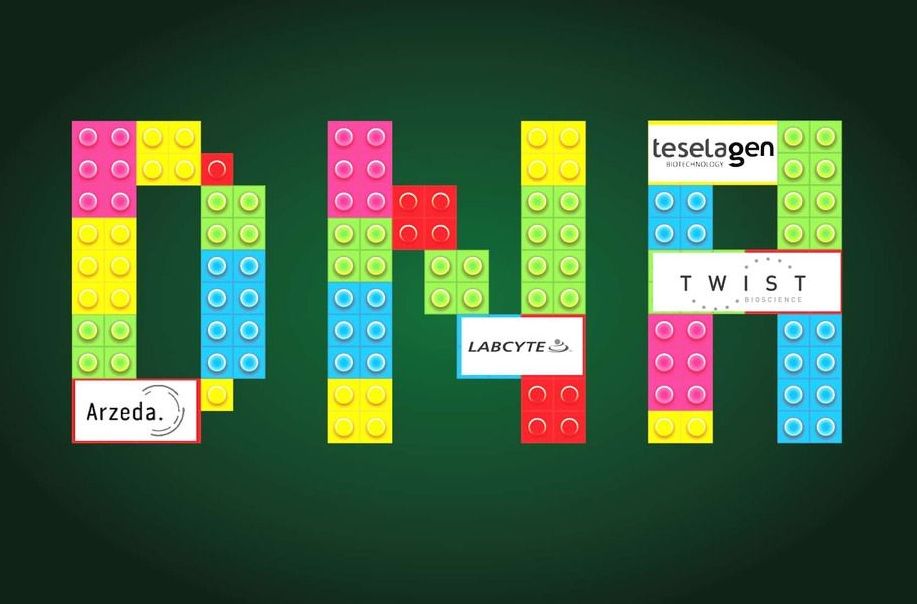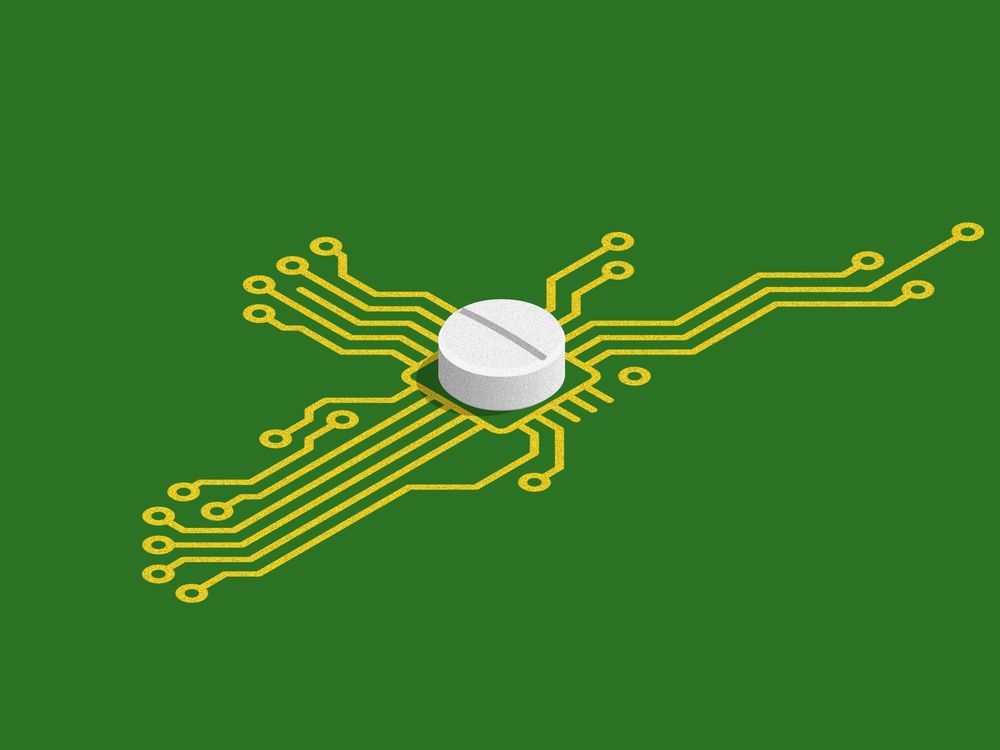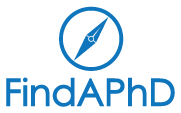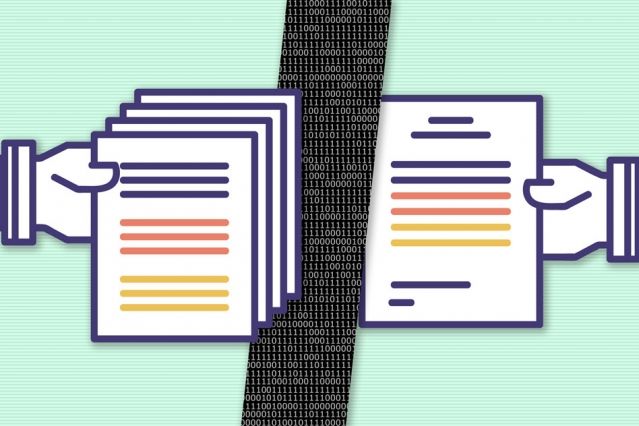NEW YORK (Reuters Health) — A convolutional neural network trained through deep learning can accurately predict a person’s age and gender using only standard 12-lead ECG signals, researchers report.
“Our standard diagnostic tools may have far more information behind them than we’ve come to expect throughout standard approaches to diagnostic interpretation,” said Dr. Suraj Kapa from Mayo Clinic College of Medicine, in Rochester, Minnesota.
“Between this study and other prior studies showing that we can predict likelihood of having atrial fibrillation from a normal sinus ECG or the presence of a low ejection fraction, AI-enabled ECG analysis may offer new, rapid, and cost-effective insights into human health well beyond what we could have anticipated in the last two centuries since the ECG was first developed,” he told Reuters Health by email.

